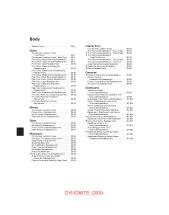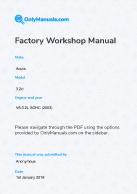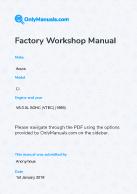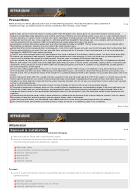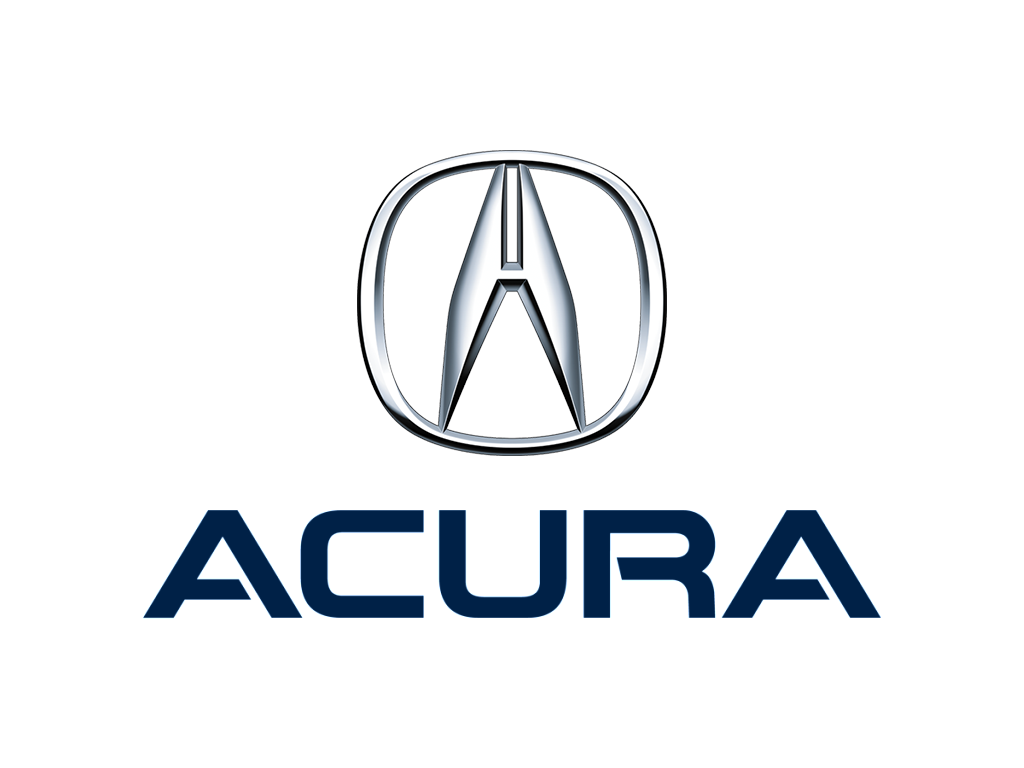Acura - Auto - acura-ilx-hybrid-2015-owner-s-manual-89856
Get your hands on the complete Acura factory workshop software
Download nowGet your hands on the Complete Acura Factory Workshop Software
Download nowGet notified when we add a new AcuraOther Model Manual
We cover 60 Acura vehicles, were you looking for one of these?
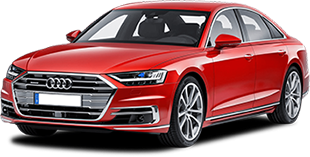
Acura TSX 2003-2008 Service Repair Manual PDF

2007 Acura MDX Service Repair Manual PDF

Acura Rdx Workshop Manual (L4-2.3L Turbo (2008))

2001-2006--Acura--TL--6 Cylinders 3.2L MFI SOHC--32640001

Acura - TSX - Workshop Manual - 2005 - 2007

Acura 3.2tl Type S Workshop Manual (V6-3.2L SOHC (2002))

Acura Mdx Workshop Manual (V6-3.7L (2007))

Acura 3.5rl Workshop Manual (V6-3474cc 3.5L (2001))

Acura Tsx Workshop Manual (L4-2.4L (2005))

Acura Tl Workshop Manual (V6-3.5L (2007))

Acura Mdx Workshop Manual (V6-3471cc 3.5L (2002))

2001-2006--Acura--TSX--4 Cylinders 2.4L MFI DOHC--32984001

Acura Rdx Awd Workshop Manual (L4-2.3L Turbo (2010))

2001-2006--Acura--RL--6 Cylinders 3.5L FI SOHC--32983701

Acura Rl Workshop Manual (V6-3.5L (2007))

Acura Tl Awd Workshop Manual (V6-3.7L (2010))

Acura - TL - Workshop Manual - (2010)

Acura Rl Workshop Manual (V6-3.7L (2009))

2001-2006--Acura--NSX--6 Cylinders 3.2L MFI DOHC VTEC--32751601

Acura - MDX - Workshop Manual - (2002)

Acura Tl Workshop Manual (V6-3.2L (2004))

Acura - TL - Workshop Manual - 1998 - 1998

Acura Tl Workshop Manual (L5-2451cc 2.5L SOHC G25A4 FI (1995))

2001-2006--Acura--RL--6 Cylinders 3.5L MFI SOHC--32884201

Acura - RL - Workshop Manual - (2001)

Acura TL 2004 2006 UA6 Service Repair Manual PDF

Acura Tl Fwd Workshop Manual (V6-3.5L (2009))

Acura Rl Workshop Manual (V6-3474cc 3.5L (1998))

Acura - MDX - Workshop Manual - 2008 - 2009

Acura - RDX - Workshop Manual - 2013 - 2013

Acura - TL - Workshop Manual - 2002 - 2008

Acura - MDX - Wiring Diagram - 2007 - 2007

Acura Tl Workshop Manual (V6-3206cc 3.2L SOHC MFI (1998))

Acura - TSX - Workshop Manual - 2004 - 2008

Acura Nsx Workshop Manual (V6-3.2L DOHC (VTEC) (1997))

Acura - TL - Wiring Diagram - (2002)

1991 Honda Acura NSX Service Repair Manual PDF

Acura - TSX - Owners Manual - 2008 - 2014

Acura - TL - Workshop Manual - 2008 - 2008

1994-2000--Acura--TL--6 Cylinders 3.2L MFI SOHC--32538101

Acura - TL - Workshop Manual - 2004 - 2008

Acura Tl Workshop Manual (L5-2451cc 2.5L SOHC MFI (1997))

Acura - RDX - Workshop Manual - 2013 - 2013.PDF

Acura - Auto - acura-rdx-2015-guide-du-proprietaire-57506

Acura - MDX - Parts catalogue - 2016 - 2016

Cars & Automotive Accessories - Acura - Acura MDX 2004

Acura Tsx Sedan Workshop Manual (V6-3.5L (2011))

Cars & Automotive Accessories - Acura - Acura MDX 2005

Acura Nsx Workshop Manual (V6-3.0L DOHC (VTEC) (1998))

1994-2000--Acura--RL--6 Cylinders 3.5L MFI SOHC--32360701

Acura - MDX - Owners Manual - 2009 - 2013

Acura Nsx Workshop Manual (V6-3.2L DOHC (2001))

Cars & Automotive Accessories - Acura - Acura MDX 2003

Acura - RDX - Parts catalogue - 2007 - 2009

Acura Nsx-t Workshop Manual (V6-3.0L DOHC (VTEC) (1998))

Acura Nsx Workshop Manual (V6-3.0L DOHC (1991))

Acura - MDX - Other Document - 2015 - 2015

Acura - RDX - Owners Manual - 2013 - 2020

Acura - TSX - Owners Manual - 2013 - 2014

Cars & Automotive Accessories - Acura - Acura MDX 2006

Acura TSX 2003-2008 Service Repair Manual PDF

2007 Acura MDX Service Repair Manual PDF

Acura Rdx Workshop Manual (L4-2.3L Turbo (2008))

2001-2006--Acura--TL--6 Cylinders 3.2L MFI SOHC--32640001

Acura - TSX - Workshop Manual - 2005 - 2007

Acura 3.2tl Type S Workshop Manual (V6-3.2L SOHC (2002))

Acura Mdx Workshop Manual (V6-3.7L (2007))

Acura 3.5rl Workshop Manual (V6-3474cc 3.5L (2001))

Acura Tsx Workshop Manual (L4-2.4L (2005))


































































































































































































































